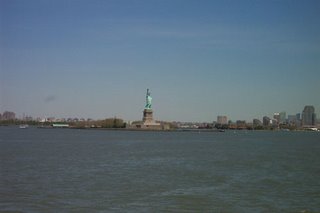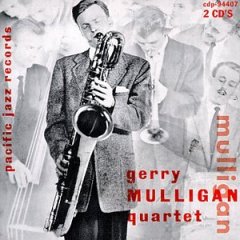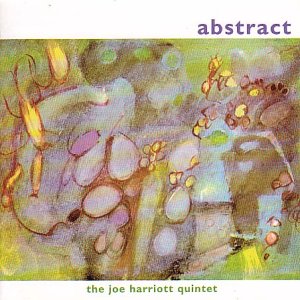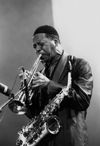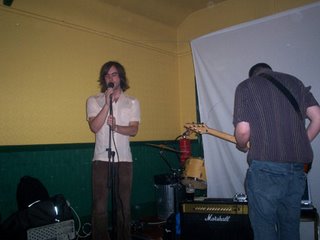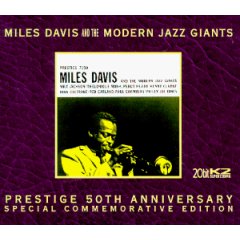
I'm getting a little tedious and predictable, maybe – but some more Monk, of whom I can never get enough. (And check out Anthony's musings on his dream band over
here... Monk holds down the piano chair...). Plus the original side two of Ornette Coleman's 'Free Jazz' – one of the meisterworks of the art – and the wider culture...
Monk was part of a 'superstar' session in late 1954, the infamous date with Miles Davis, supported by Milt Jackson, Percy Heath and Kenny Clarke – the first division. Stories about the tensions between Monk and the Prince of Darkness – the trumpeter didn't like his accompaniments when he was soloing - have reached legendary proportions – with an oft-repeated allegation that Miles hit Monk at some point. I refer the reader to Orrin Keepnews' sleevenotes to an album that collates a couple of takes from this session with another featuring the Davis Quintet plus John Coltrane)-
here... Suffice to note that Monk was a big man with a formidable presence: 'When I asked Monk about the alleged fisticuffs that some inside hipster had confronted me with, he chuckled, "Miles'd got killed if he hit me".'
Whatever the truth, I think Gary Giddins has it right, concerning their conceptual differences: 'Monk liked the use of space and the unexpected. Miles wanted to know where he was and wanted the changes and wanted to be sure that when he left space, the rhythm section would fill it in.' (The complete piece is
here, a good overview of Monk: ).
'Swing Spring' is a rather nondescript tune by Davis:'"It was meant to be just like an exercise almost. It was based on that scale there (demonstrating at the piano) and when you blow, you play in that scale and you get an altogether different sound. I got that from Bud Powell, he used to play it all the time."' (Taken from the Keepnews sleevenotes quoted above). On this track Monk does not play behind Miles as the trumpeter eases his way through an elegant, happy solo. Jackson swings in sublimely and bluesy, joined by Monk's treble peckings eight bars in. Miles returns with a quote from 'Surrey with the Fringe on Top' (that he was subsequently to record with the '55 quintet). He sounds fulsome – maybe Monk's absence in the comping duties relaxed him. Monk solos and offers sparse phrases he plays with like a cat poking a mouse. Sweeping up to clanged treble 'dissonances' ( does that word really mean anything here? This is timbral invention rather than playing games with conventional harmony). Jackson returns – spinning out another bouncing set of variations with Monk in tow (old studio buddies, remember - these two had played together on the first recordings Monk made under his own name for Blue Note – classics of the late forties). A unison of vibes and trumpet on the theme, Bags takes the bridge then trumpet/vibes unison again and finish.
'Bags Groove' is a Milt Jackson composition, a funky blues– sans Thelonious again – the vibes offer a harmonising line behind the trumpet on the theme. Davis goes into his solo - some crystal clear trumpet here, which displays his awareness of earlier styles coupled to his sense of space – not exactly wild bebop sixteenths cascading over the changes. Jackson plays funky as Monk comes in behind him. Jackson plays a lot of notes in contrast to Davis – stringing out long lines, the intrinsic malletted percussive edge of the vibes suiting Monk's conceptions of accompaniment perfectly – although he seems somewhat muted on these two tracks at times (maybe he had one eye on Davis's fist?).
Monk next, commencing with a repeated phrase which he worries out of shape in usual style. He delivers an exercise in space and time – he's not so far away from Davis in this desire to create enough room for himself outside the sometimes frantic jammed up spaces of bop. Miles returns for another two choruses, clipped phrases contrasting with more legato lines.
Overall, this was a classic session, almost a clearing of the ground for both Miles and Monk as fame was not too far away for both of them. Jackson never ever seemed to have a bad date, a superb bluesy melodist who could fire out chorus after chorus of invention. Percy Heath was one of the great bass players, not so flashy as some, but deeply knowledgeable and solid as a rock. As for Clarke, one of the founding fathers of bop along with Max Roach - there always seemed more of a savage edge to Max, a harder swing. Clarke is more contained, more urbane, almost. But there is a hidden steel to Klook's playing...
Ornette: the seminal 'Free Jazz.' The selection I have chosen is from the original record – side two, which is the last 17 minutes or so. The recording of this session is certainly a lot clearer than Coltrane's later 'Ascension,' with the two quartets separated across the stereo mix. This music has been called 'atonal' – it isn't, in the main. And: 'chaotic' – maybe – in parts - but in the sense of exhilaration. The rhythm is an expanded 4/4, cross-currented by the two drummers and the overlapping lines of the bass players. Formally, Coleman devised 6 brief thematic sections which he cued in (here – at the beginning, then after the bass duets to lead into the drum duets, again, in the middle of this section and finally to finish the track)– then the musicians were allotted solo space and others could join in where and when they felt the spirit move. One of the many intriguing aspects to 'Free Jazz' – apart from its immense historical value (but give it a listen with open ears and marvel at how fresh and joyful it seems) – is the mix of players and their different conceptions – marked here by the virtuoso bassist Scott LaFaro, who is more conventionally rooted harmonically, and Freddy Hubbard, who played in many 'freeish' ensembles (markedly on Dolphy's seminal 'Out to Lunch') but never really stepped over the line. By contrast, Haden, Higgins,Cherry and Blackwell were all Coleman alumni by 1960 and consequently much more at ease with his music. Dolphy is a pivotal figure, positioned somewhere in the middle between the avant garde and what had become the post-bop mainstream. In a sense, the more conventional players add a degree of ballast to ground the performance.
After the ensemble section and Cherry's solo (that expands briefly as the ensemble add interjections, drop out to leave him with the rhythm section, then swells again as they return with more comments), the bulk of this track is taken up with duets between the bass players and drummers – LaFaro and Haden, followed by Higgins and Blackwell. There is a satisfying spontaneous order that arose from these recordings – frequent listening brings this out. And a great deal of space where the lines overlap and blur, agree and argue, sometimes clashing, but overall the indulgences that 'freedom' offers are tempered as they all strain towards the higher level of the group, rather than showing off instrumental chops. Yet the individual voices and the freedoms they are offered are essential to the ultimate blend. A coiled spring tension between group need and individual yearning that requires a delicate balance. Ornette always saw his music as having a wider cultural significance – the extrapolations from the music outwards to society are obvious – if infrequently practised, they still stand as grand utopian gesture. There is a generosity in Coleman's work that, added to the excitement of spontaneous creation, is rarely found anywhere else...
The Modern Jazz Giants
(Miles Davis: trumpet; Milt Jackson: vibraphone; Thelonious Monk: piano; Percy Heath: bass; Kenny Clarke: drums).
Download
Swing Spring
Bag's Groove
BuyOrnette Coleman Double Quartet
(Ornette Coleman: alto saxophone; Eric Dolphy: bass clarinet; Don Cherry: pocket trumpet; Freddie Hubbard: trumpet; Scott La Faro, Charlie Haden: basses; Ed Blackwell, Billy Higgins: drums).
Download
Free Jazz Part 2Buy


